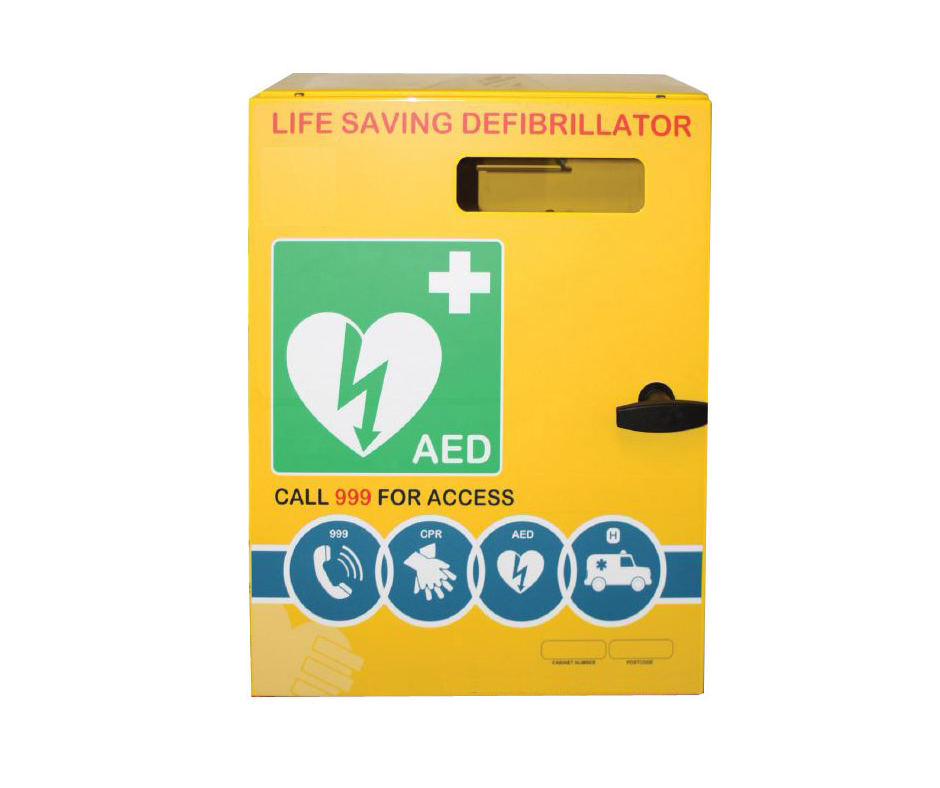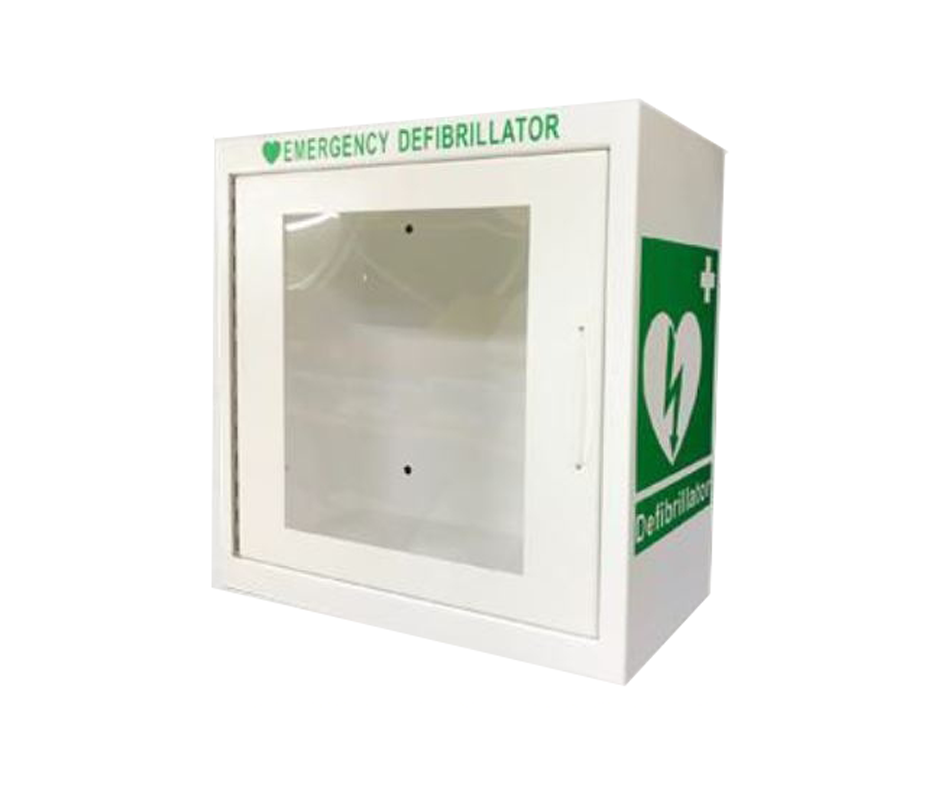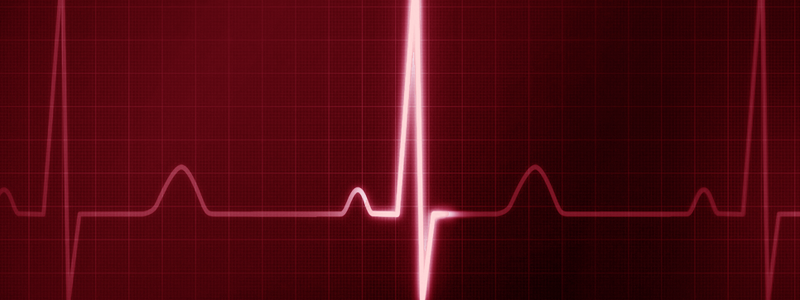Fatigue. Fainting. Palpitations. Chest Pain. Shortness of breath.
Healthy or infirm, these are just some of the following symptoms that bring out Sudden Cardiac Arrest. Often without warning, the emergency medical services attempt to resuscitate 30,000 victims each year.
Did you know, less than one in ten survive SCA out of hospitals?
The actions needed to save a life is called “The Chain of Survival“, this means:
| Recognising the problem |
| Performing early CPR to buy time |
| Utilising a defibrillator |
| Recovering in hospital |
The first two steps can be made simple with understanding and proper training. However, it begs the question. Do you know where your closest defibrillator is?
Public Access Defibrillators
Many public buildings have preventative measures, fire alarms, extinguishers and first aid kits. Although, when it comes to the simple matter of these life-saving devices, there’s a dramatic shortage on offer.
By no means is the UK is bereft of defibrillators. Websites Defibtracker and HeartSafe mark the locations in the nearest village or town.
While they may seem numerous at first glance, often many areas are lacking in a single one. As time ticks down, the likelihood of survival dims shorter. Wouldn’t it make sense to have one of these devices strapped to every village/town/public building in the country?!
Then it comes down to cost, so strategic thinking comes into play. Deciding where the closest building is to the population proximity. Finally, the decision lies whether to integrate a community public access defibrillator (CPADs) or one in a “static” location.
The Difference Between CPADs and “Static” Location Defibs
Now you have a defibrillator, where do you put it?
Herein lies the challenge.
CPAD: Placed inside an external, locked cabinet, opened with a code provided by the 999 call taker.
Static: Placed inside a building and available for as long as it remains open.
The argument goes that in an emergency situation the device should be made fully available to the public, think outside the corner shop. The static defib is readily available but prone to theft; therefore, it’s accessible during working hours.
Where can you buy a defibrillator cabinet
As part of the ordering process, this outdoor defibrillator cabinet gets linked to the local ambulance service in the area. Therefore you don’t need to register that yourselves, all it takes is around £10-£15 per year to keep the cabinet running each year.
For a static location, this wall mounted indoor cabinet is ideal for office buildings and public spaces. You don’t need to keep an eye on it at all times as each cabinet comes fitted with an alarm.
For our full range of defibrillator products, accessories and cabinet click here.
Back




